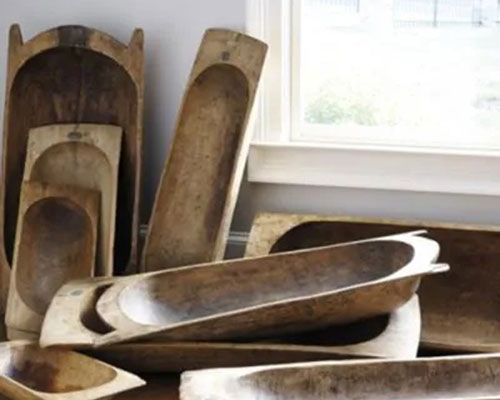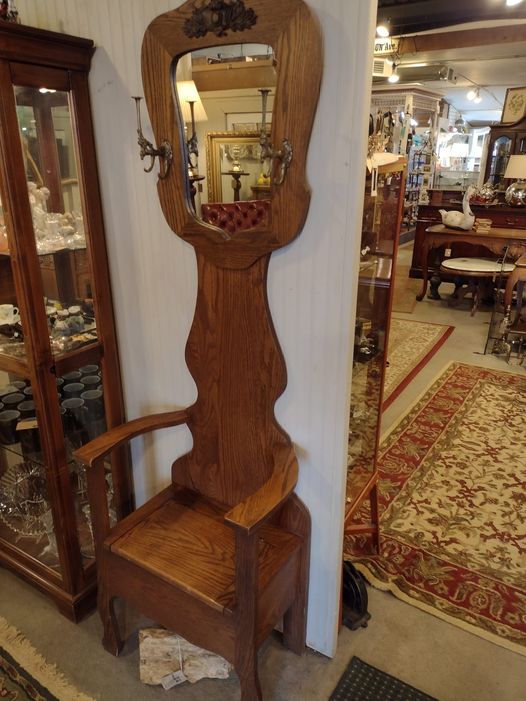
Vanity Table
The vanity table has been dubbed many titles throughout its history including: toilet table, dressing stand, dressing table, and vanity. Early dressing stands included a folding top, cistern, and a basin drawer for light bathing and removal of cosmetics. Their widespread use was normally reserved for society’s elite. Both men and women enjoyed vanity tables. Men stored hair powders, razors, oils, and combs in them, while women used them to store cosmetics, perfumes, and hair accessories.
The creation of the vanity table and enhancements to its design really took shape throughout the 18th century when members of high society focused on fashion with an increased desire to have grandiose furniture designed exclusively for their wardrobes and accessories. The design of a dressing table or vanity table could indicate the owner’s status in society. Emblems displaying the owner’s coat of arms were often featured at the top of each table corner.
Both the pondreuse and the lowboy served as inspiration for the vanity table. The pondreuse was popular in France in the 17th century. It had a small table for holding perfumes and make up with a drawer for storage.
Lowboys were popular in England and the U.S. during the 18th century. They were small with short legs and offered one to two rows of drawers for storage. Lowboys were often custom-made, and had decorative elements like intricately carved legs and drawer handles.


